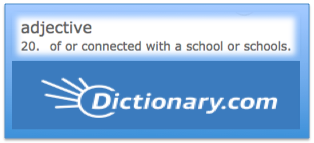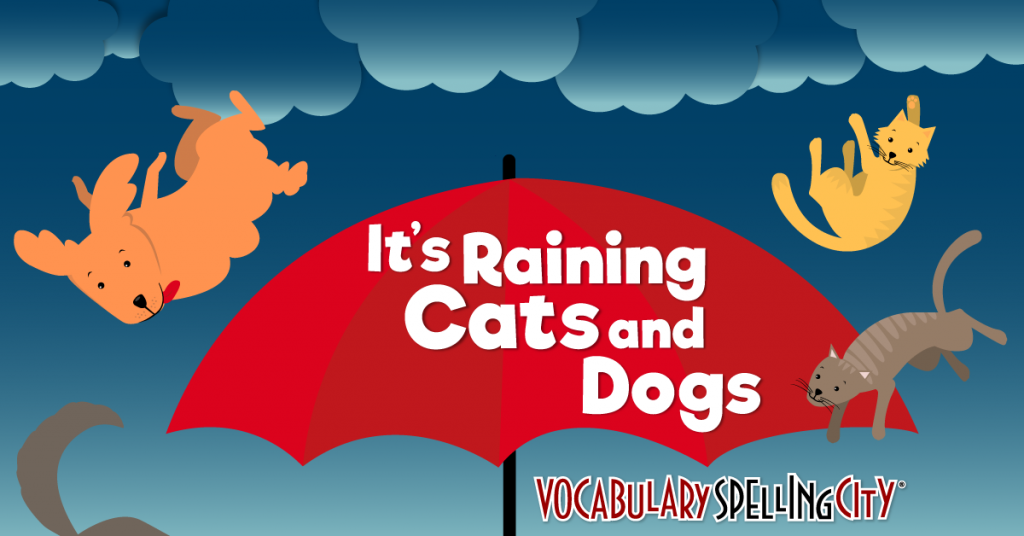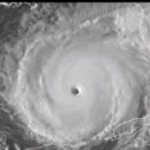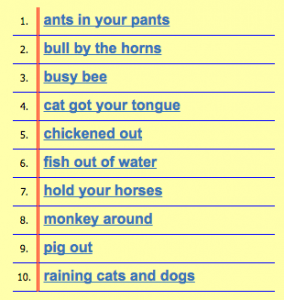In the VocabularySpellingCity offices, we have some exciting discussions. For instance, must the word “school” always be a noun?

What sort of bus? A SCHOOL bus!
I was in strong disagreement with an experienced English teacher (note, I have no such credentials). She argued “school” could only be used as a noun.
I spoke with some confidence: “What about school days, school bus, school boy, school books? What sorts of books would these be? They are school books. See, school can also be an adjective. Lets open up Merriam Webster and I’ll show you….”
Then, to my amazement: “Wow!….Merriam Webster lists school as a noun and a verb but not as an adjective! OK, lets try another dictionary…” The same thing! I was stupified, stumped, flummoxed, and dumbfounded.
The first two dictionaries that I pulled up online both listed school only as a noun or a verb, (ie “Would you like to be schooled in the use of dictionaries?”). Neither of these first two dictionaries acknowledged the use of school as an adjective.
Finally, I found Dictionary.com which mentions three uses of the word “school”: noun, verb, and adjective! While this seemed obvious to me, I was now aware that there was room for disagreement.
What to make of Merriam Webster? What do they think about the school bus?Merriam lists school bus as a noun. It seem that they consider these words – school days, school bus, school boy, school books – to be all open form compound word. An open form compound word? Mostly, people think of compound words as being two words joined together with no spaces or hyphens between which makes them “closed form”. Examples include butterfly, shoehorn, and windmill.
Open form compound words are compound words that are not joined together like “closed form” compound words but have a space in them. Some examples of compound words with a space in them: post office, real estate, fire engine, and light bulb.
Numbers, by the way, are a really arbitrary combination of compound word types. There’s seventeen (closed form). And twenty-three (hyphenated). And three hundred (open form) but that is not my topic for today, let’s return to the question of:
When is a word a compound word and when is it just an adjective with a noun?
I like this definition of a compound word: When two words form a new word with a new meaning. I think the functional part of this is the idea of a new meaning. For instance, a business office is to me, just a type of office. Adjective. Noun.

School Desk, a type of desk?
But a post office is not really a type of office at all, it’s a type of retail outlet so it’s clearly a compound word and not an adjective noun combination.
Real estate. I would agree that real when used with estate forms a new meaning that is different than thinking of real as an adjective. So it too is a compound word, not just an adjective in front of a noun.
But there are gray areas. Is a green box just a box that is green? Yes. What about a weak box? A mail box? A strong box?
So, back to school:
Is a school bus just a type of bus? IMHO yes. So adjective noun.
Is a school book just a type of book? IMHO yes. So adjective noun.
What about a school desk, is it a type of desk? IMHO yes. So adjective noun.
Is school work just a type of work? IMHO maybe.
Is a school house just a type of house? IMHO NO, it’s not a house at all. It’s a compound word definitely.
School day? A type of day? Maybe.
So there’s some clear cases of school being used as an adjective such as with bus or book. There’s some compound words made with the word school such as school house. And there are some gray areas where I’m not sure and I’d have to consult greater authorities. But, if Merriam Webster is unwilling to acknowledge that school could ever be used as an adjective then I (the Mayor of VocabularySpellingCity) am getting a little unsure of who this greater authority will be. Maybe my mom or brothers, all of whom seem to know grammar so much better than me. I mean I.
Now, does any of this matter? Obviously, progressive education has de-emphasized naming parts of speech. But in our gut, we all know that this sort of linguistic question being given its due is really the height of education and civilization.
Author Update – March 2018 – Noun Adjuncts
A few people have contacted me since this article was published and they have schooled me on the concept of “nouns being used as adjectives.” This is a well-known part of English which somehow, I had never learned. And I quote Wikipedia’s article on ‘noun adjuncts’: “In grammar, a noun adjunct or attributive noun or noun modifier is an optional noun that modifies another noun; it is a noun functioning as a modifier.” As I read about this, I’ve learned that dictionaries and other authorities do not agree on the gray area which covers when:
- a noun is only a noun but can be used as a modifier as a noun adjunct
- a noun might have transitioned into also being considered an adjective because of frequent use as a modifier
- a modifier (either adjective or noun adjunct) used in combination with a noun blends together and becomes a compound word
So my school story turns out to be an illustration of this mysterious area of grammar. Thoughts? By the way, many thanks to both GrammarGirl (Mignon Fogerty is one my heroes because of the consistently high quality of her writing @GrammarGirl ) and Mary Norris (Confessions of a Comma Queen @MaryNorrisTNY) both of whom helped me understand.
April 2018 – I had some deep discussions with some educators and curriculum folk this week and I realized that I have never really gotten to the bottom of some basic student and teacher confusions. So I’ll try to spell out my question here as a step to answering it.
School is an example of a word with a single meaning but which can be used in multiple ways. School means the same thing whether we are using it as a noun, verb, or adjective. In contrast, a word like scale is a genuine multiple meaning word. To scale a mountain is quite different than the scale that we measure our weight on and both the first two meanings are distinct from the skin of the fish or the key to proportion on a map. The latter example, scale, is a true multiple meaning word or homonym. But what do we call words like school that can be used in multiple ways albeit always with the same meaning?
Examples of homonyms used in sentences:
- I left my phone on the left side of the room.
- The baseball pitcher asked for a pitcher of water.
- The committee chair sat in the center chair.
- The crane flew above the construction crane.
- While they are at the play, I’m going to play with the dog.
- She will park the car so we can walk in the park.





